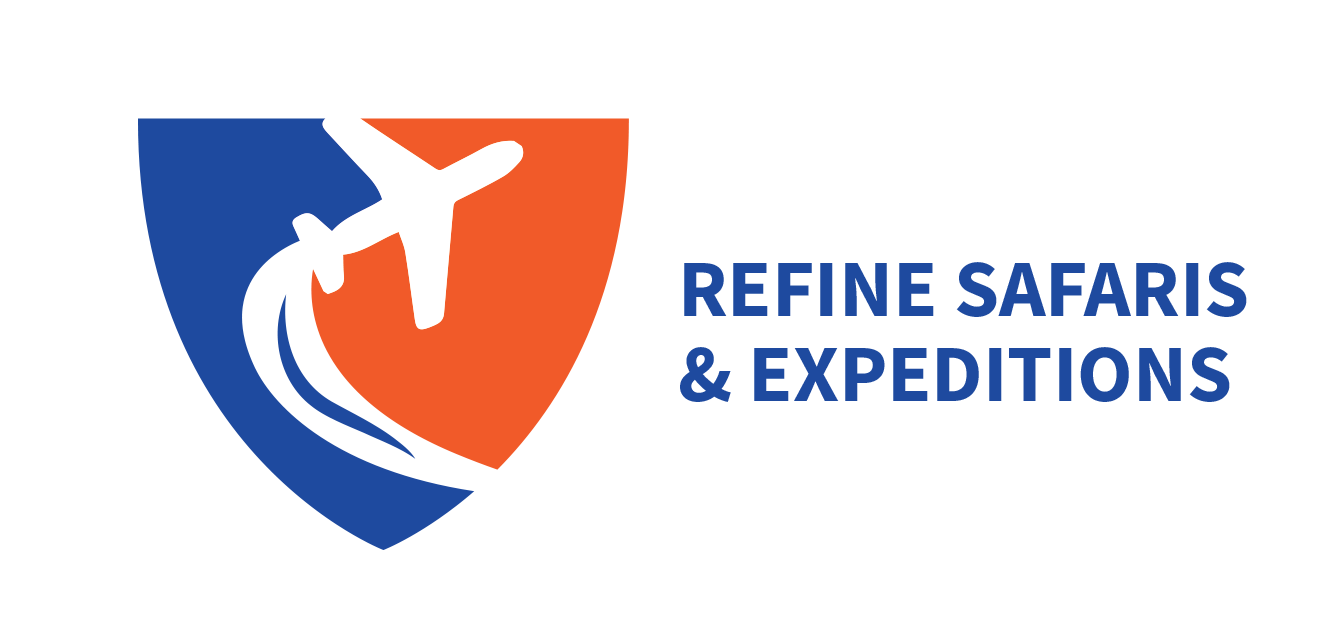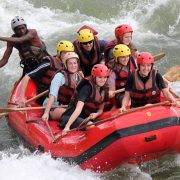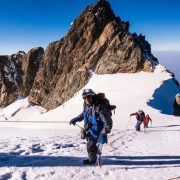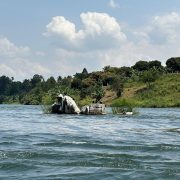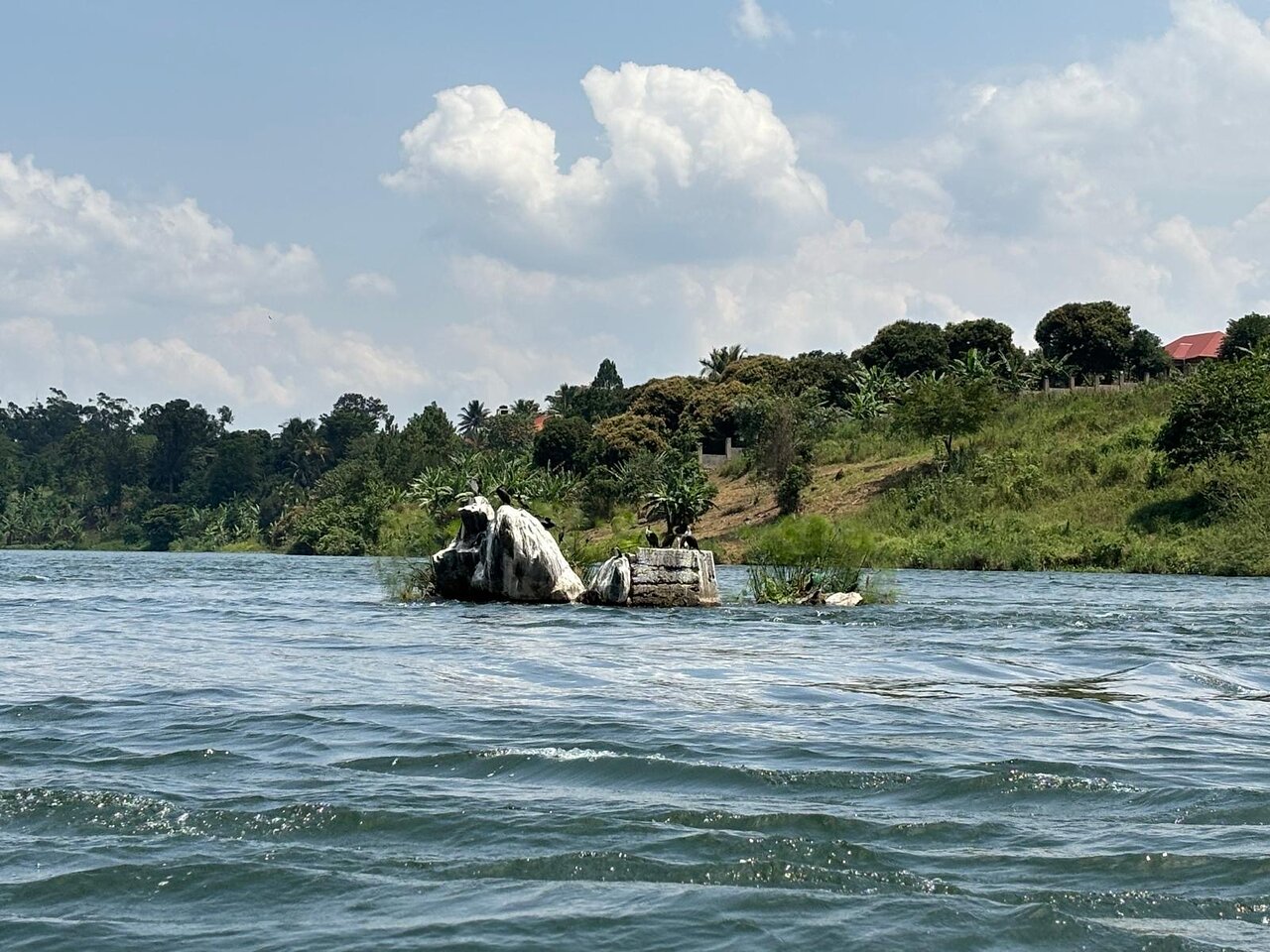
River Nile Facts, Length, History, the Source and Importance
The River Nile is the longest river in the world that starts/ source in the African Great Lakes region to the Mediterranean Sea. Nile River is one of the most iconic rivers in the world.
River Nile starts from lake Victoria of Uganda, Kenya, Tanzania and flows for about 6,650 kilometers (4132 miles) up to Mediterranean sea. It runs through 11 countries and its watershed covers a total of 10 countries including Uganda, South Sudan, Ethiopia, Sudan, Egypt, Tanzania, Burundi, Rwanda, the Democratic Republic of the Congo and Kenya.
River Nile is made up of three main tributaries; the White Nile which flows from Lake Victoria and Lake Albert, the Blue Nile that originates from Lake Tana in Ethiopia, and the Atbara that flow from Sudan.
The name “Nile” was driven from the Latin ‘Nilus” which means a river valley that flowed from the south to northward and usually flooded during the warmest time of the year making the lives of the people of Egypt and the Greeks very difficult.
History and Importance of River Nile.
The River Nile has water throughout the year with high temperatures whereby it enables cultivation on its banks and also works as water transport in Africa.
River Nile was an important highway to Egypt and the easiest way for mining exports, general traveling and trade. It was used as an important trade route during the time of the Pharoahs in Ancient Egypt and served as a barrier to protect them from enemies.
The Nile River has been a source of life since ancient times and its importance and impact have only grown since then. Its importance also extends beyond that, providing fertile soil along its banks for growing crops, water for irrigation and source of hydro-electric power.
The River Nile is an important part of Egyptian culture and history. It has been a source of inspiration for many of Egypt’s most famous monuments and artworks, including the Great Pyramids and the Sphinx.
Attractions on the River Nile
Plants and Wildlife
The tropical rainforest is found along the banks of the River Nile in Congo on the shores of the Lake Plateau, the rain forest is also found in the southwest of Ethiopia. Some of the tree species are coffee shrubs, bamboo, Ebony, banana, and others.
Many varieties of fish species are found in the Nile River including Nile Perch, Tigerfish, Lungfish, mad fish, Elephant snout fish, catfish, and many more.
The Nile crocodile is mostly found in the parts of the River Nile and other reptiles that can be found in the Nile are 30 Snake species, 3 monitor Lizard species, a soft-shelled turtle, the hippopotamus, etc. and thousands of bird species.
The Source of the Nile
The main Source of the Nile is believed to be Lake Victoria located in East Africa. The source attracts a lot of tourists to Uganda as it has a lot of wonders such as one of the strongest and fasted water flow in the whole world.
You can hire a boat to reach the source of the Nile on one of day trips to Jinja where the source is located.
The People
The River Nile flows through many regions/countries and its banks are home to unique cultures and tribes which include the Bantu-speaking people found in the area of Lake Victoria, the Arabs of the Sahara, and the Nile delta.
In South Sudan, Dinka, Shilluk, and Nuer are all agriculturists and pastoralists whose movements are based on River Nile seasonal flow.
Dams and Reservoirs on the River Nile
There are several dams both for hydroelectric power and irrigation on River Nile that were constructed starting in 1833 at different waterfalls of the river.
For example, the Delta Barrage about 12 miles downstream from Cairo that was established to improve on the irrigation and navigation along the main Rosetta and Damietta branches of the Nile.
The Economy of the River
Nile River is an aid to cultivation and irrigation schemes in the many countries where it passes through. It is also a main tourist attraction with many adventures such as rafting, kayaking and boat cruises on the Nile.
Top Tourists Activities on River Nile in Uganda
White Water Rafting
White water rafting in Jinja is an amazing adventure for thrill seekers and adrenaline lovers alike. Water rafting is done on Bujagali falls on River Nile in Jinja.
Experienced guides will take you on a thrilling ride down the river, navigating through the wild rapids, you can choose among the 5 grades of the rapids.
Boat Cruising
Boat cruise is one of the best things to do in Murchison falls national park that provides visitors with extreme views of the Flora and Fauna at the River Nile into Lake Albert.
While on a launch boat, tourists can also ride to the bottom of the strongest falls in the world, Murchison Falls which also part of the River Nile.
Bungee Jumping
There is isn’t many places in Africa where one can experience the thrilling activity of bungee jumping and Uganda does it better.
This rare and unique activity on the River Nile allows the tourists to kiss the vibrant Nile at less than 40 meters from the high ground and does not consume a lot of time.
Swimming
Swimming in River Nile in Jinja is possible because there are no infectious diseases, or dangerous animals and the water is so fresh.
Sport Fishing
On River Nile, fishing is done on the Albert Nile offering a true experience of Uganda Safaris and some of the fish species are tiger fish, Nile perch, babel fish, and more.
Horse Riding
Horse riding is done on the shores of the River Nile and on the paths passing through farmland as well as in the community of the countryside enjoying the fresh air of nature and birds as you over see the river.
Squad Biking
Squad biking is usually done in the afternoon in Jinja on the shores of the River Nile as you ride through the countryside while enjoying the sun and spectacular views of the magnificent river.
This activity enables the visitors to meet the natives in their different activities with the help of our experienced tour guides.
Kayaking
Kayaking is done on the low-key water level by using a boat to paddle the sites facing forward and your legs in front to double-bladed paddle, by pulling front to and back on one another to locate the direction. This is most done in Jinja city on River Nile.
Recent Posts
Intermediate White Water Rafting Skills: A Comprehensive Guide
A beginner’s guide togging your first mountain summit
River Nile Facts, Length, History, the Source and Importance
All Categories

Thailand


